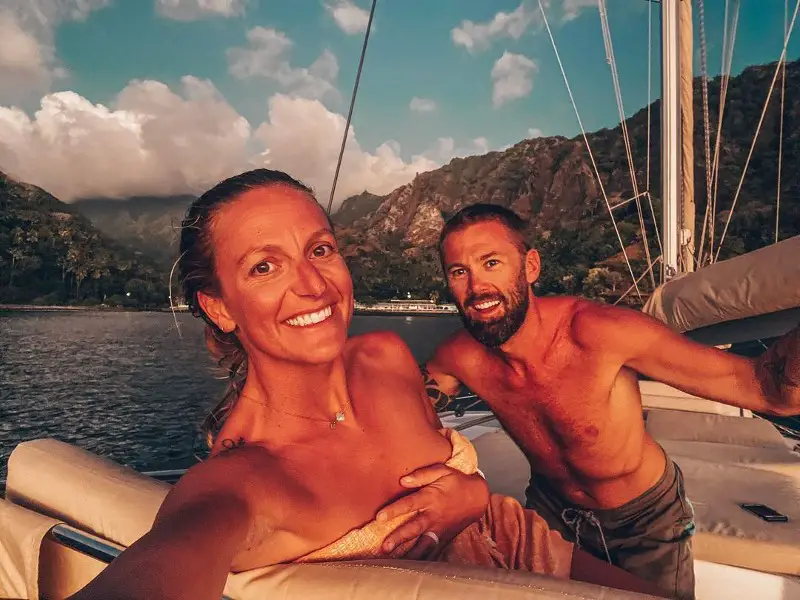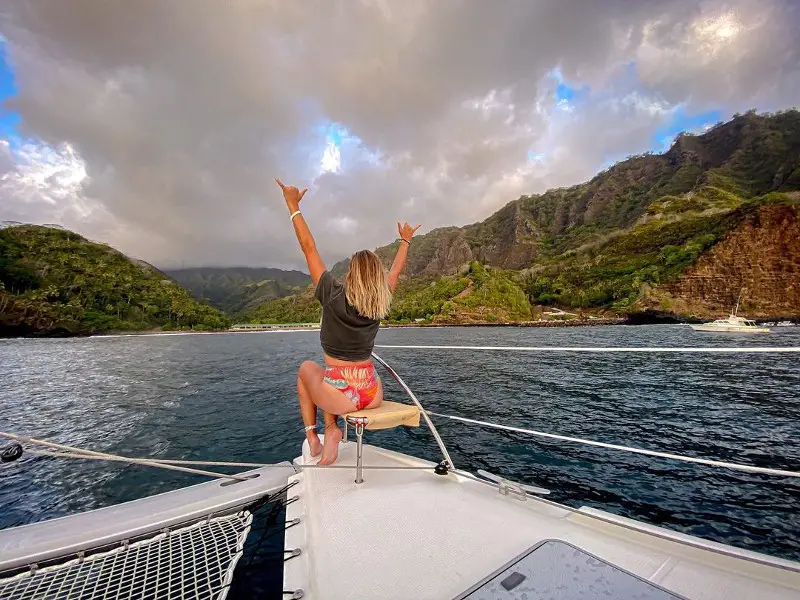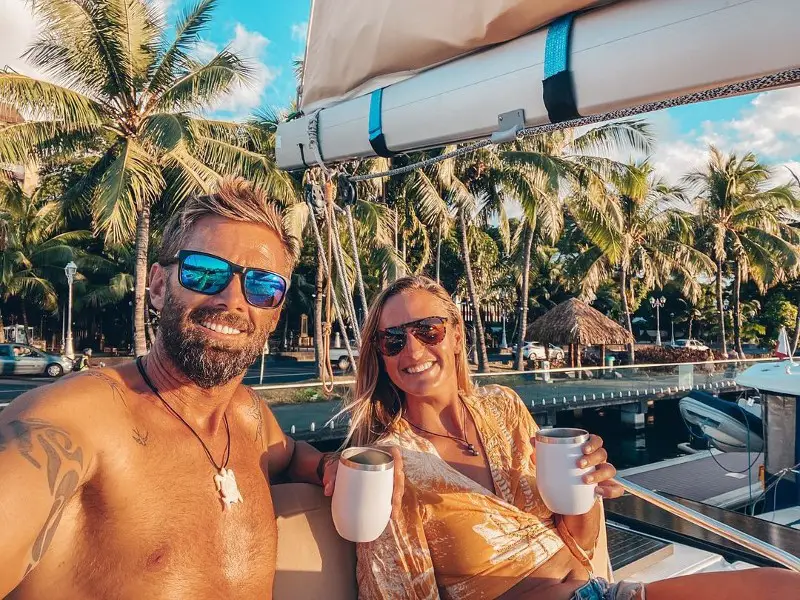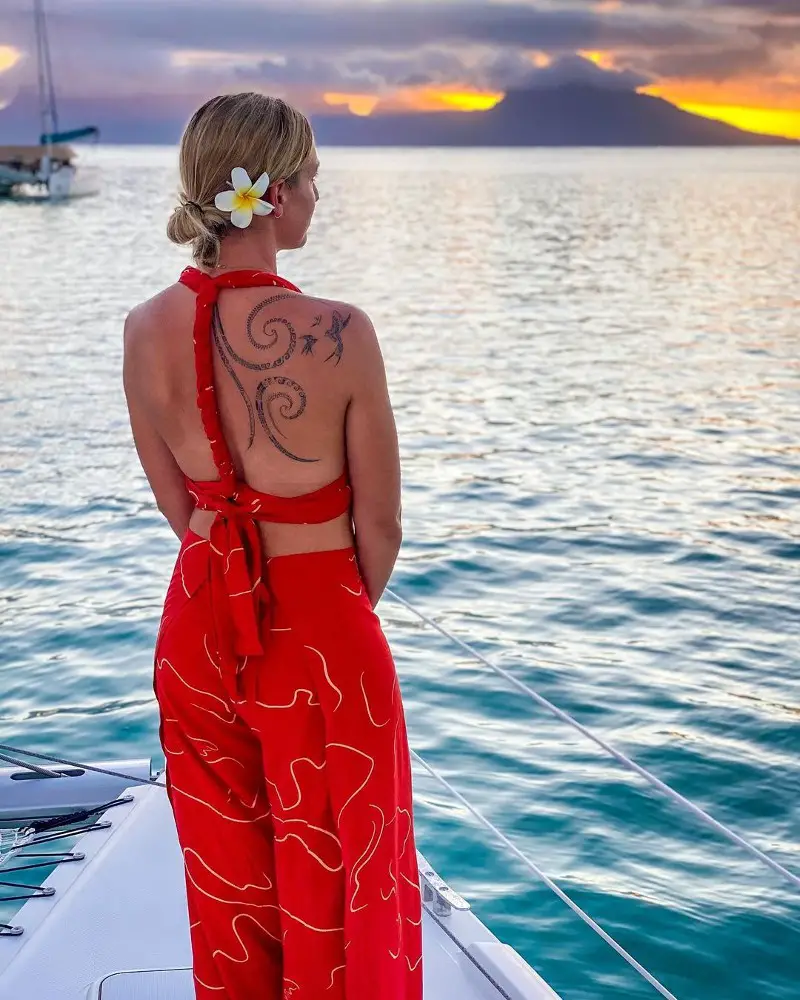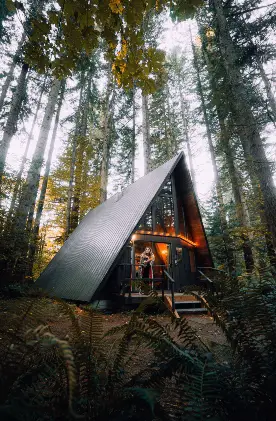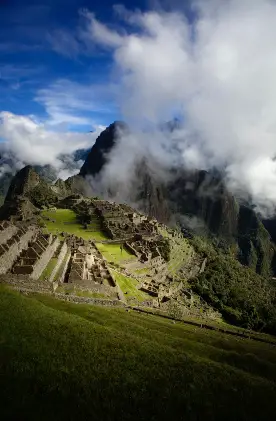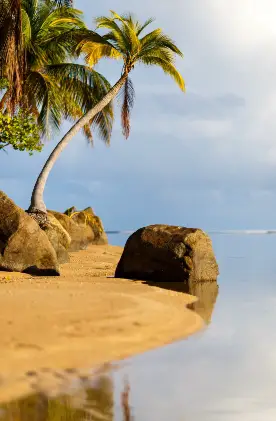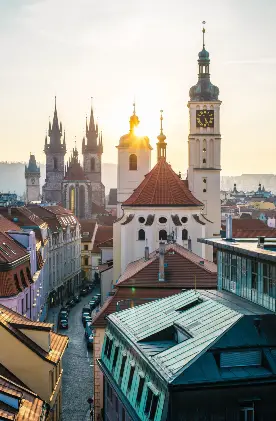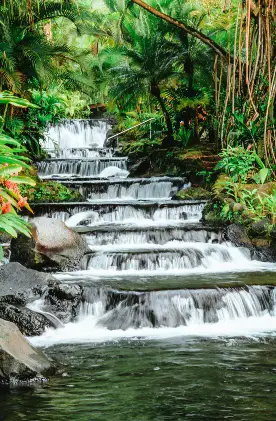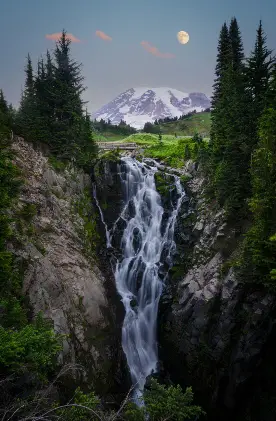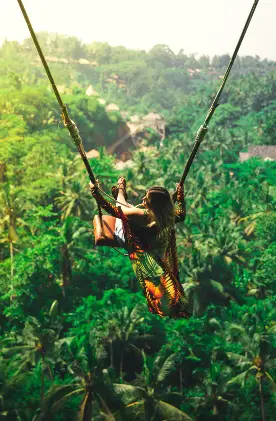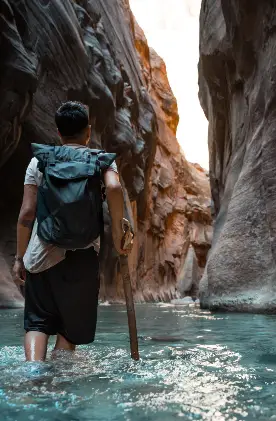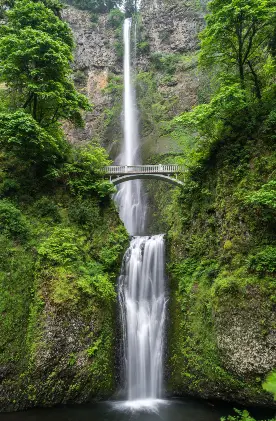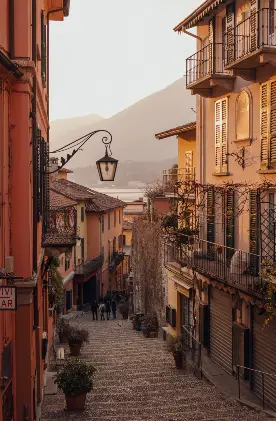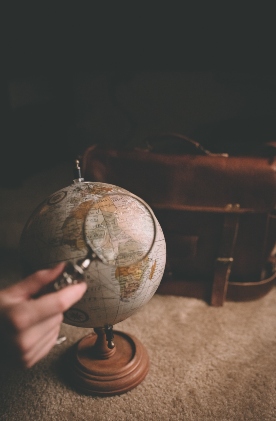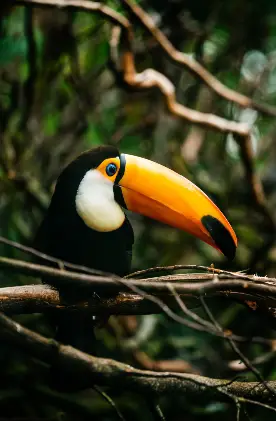Welcome to our article on sailing in French Polynesia. We are Warren & Erica from WEsail. We are from the mountains of Colorado, far from seas to sail on or oceans to cross, yet we were both drawn to travel from an early age. Before boat life, we both worked and owned our own businesses.
Warren owned a construction company, building homes for over 15 years, and Erica ran a small jewelry business along with working in the hospitality and travel industry. We love the outdoors. If we weren’t working we would be outside hiking, biking, rafting, camping or working on our own home.
Our love affair with sailing was born out of necessity or convenience, in that we saw sailing as the cheapest method possible to travel the world over an extended period of time. So we learned how to sail, and by doing so, we learned that we actually loved to sail. Aside from the obvious beauty in the everyday surroundings, there is an inherent freedom in being able to power a several ton vessel across oceans simply by harnessing the wind.
That’s a simplified version of what we do, but not by much. We live simply, often disconnected to modern conveniences, which in turn encourages a larger connection to the natural world. Both of us grew up in the same town and have known each other for years, but we didn’t really know each other on a deep level until we got married and moved onto the boat.
We both have adventurous souls and are not scared to try new things. With a similar upbringing, we have been able to adjust to this new lifestyle at the same time and we work well together as a team. This is of vital importance when sailing the world – trusting each other and our capabilities as we go.
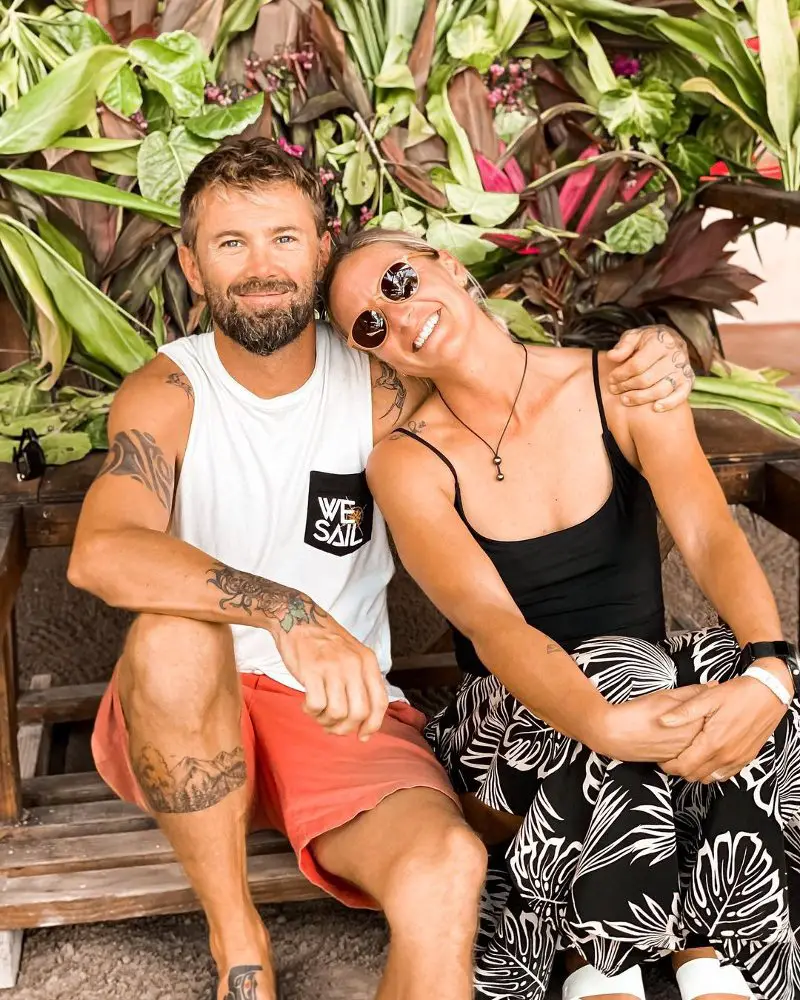
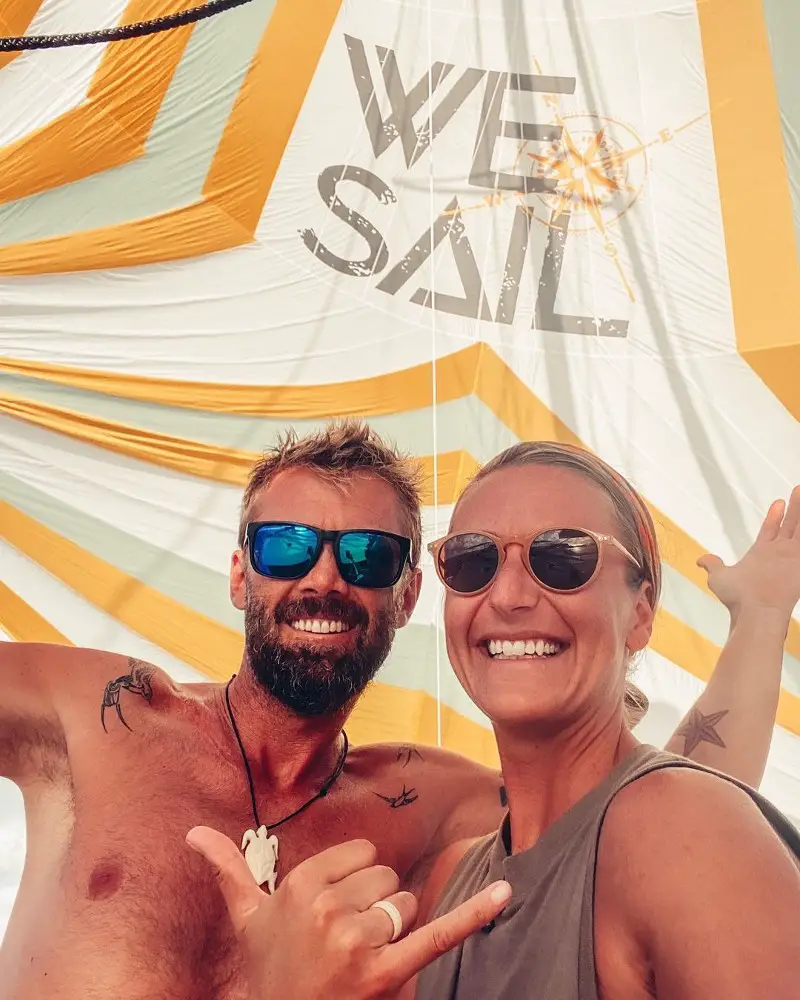
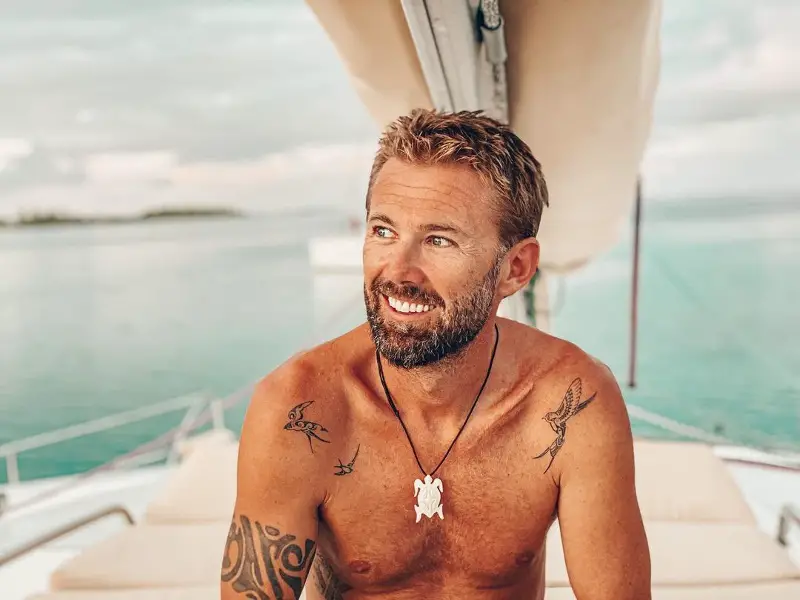
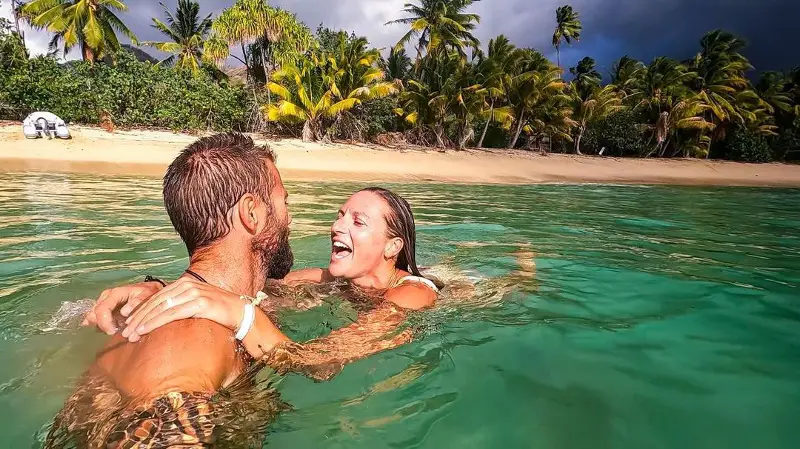
Inspiration to Sail around French Polynesia
When we started dreaming up this decision to travel the world by boat, we made the goal to complete a circumnavigation of the planet, and French Polynesia was not only in the middle of the most popular route (the Coconut Milk Run) but it was one of the main “do not miss” destinations.
Many areas are synonymous with the idealizations of sailing: the Med and the Bahamas, and certainly the idyllic islands of French Polynesia. Although we started our journey in the pristine sailing grounds of the Caribbean, we always looked forward to the day when we had the knowledge and experience to cross the world’s largest ocean, powered by our own sails, and place ourselves on the distant but remarkable shores of these islands.
Compared to other sailing spots, like the Med and the Caribbean, the South Pacific is more difficult to get to, requiring large amounts of knowledge and sailing skills to safely sail to. It’s most likely because of this fact that sailors (including ourselves) revere or even romanticize an arrival to these islands in a way that signifies your accomplishments and skills as mariners.
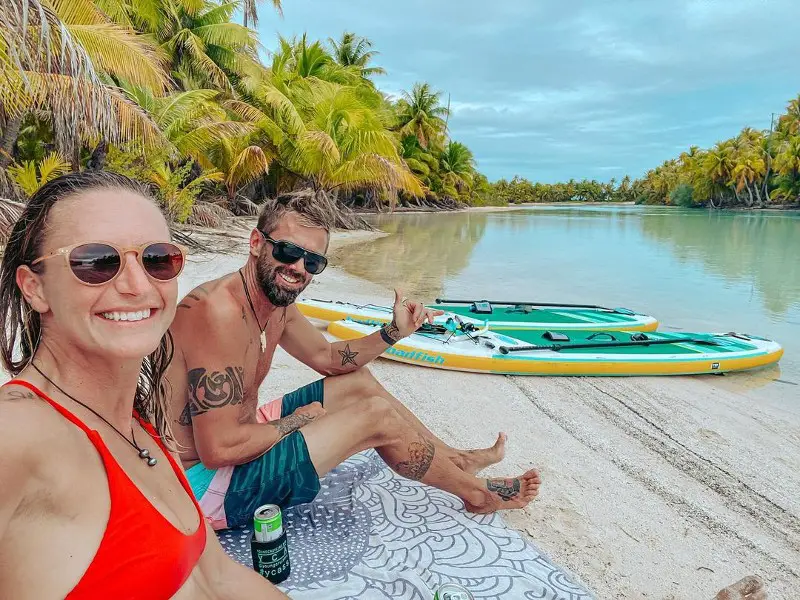
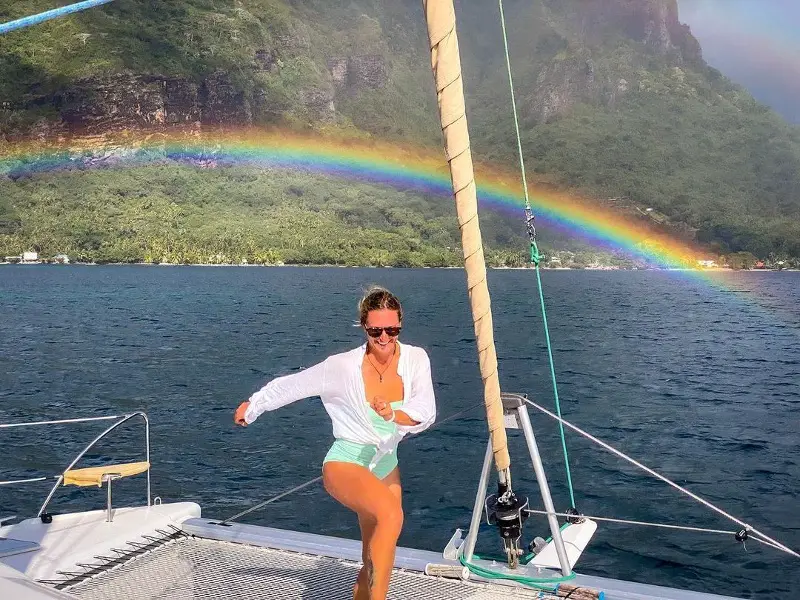
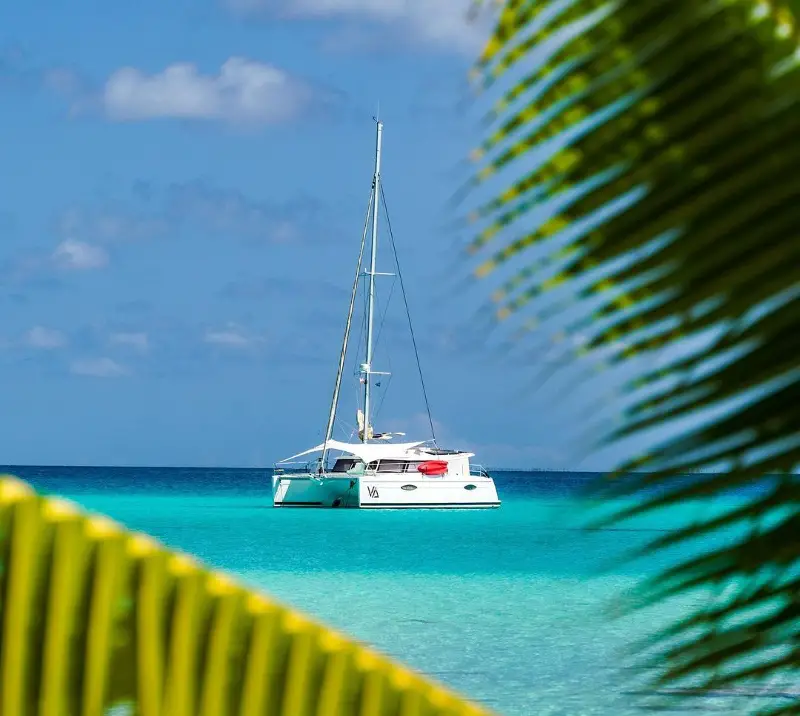
Typical Day for us in French Polynesia
We have been lucky to get a feel for three of the five archipelagos that comprise French Polynesia. A little taste for each, like your first round at a buffet. Over the last four months of being here, we have island hopped to about 12 different islands and atolls. We certainly got a feel for them, but know that we want to venture back to some of the same ones and others.
It’s like you have to sail through your initial loop, and then come back and do it all over again. The days for us vary just like the islands do. A lot depends on the weather. If the winds are favorable, we would most likely choose the best window to sail to the next island. Although we are generally up for sunrise, most mornings are spent with no real urgency. We will have coffee and breakfast, enjoying the coolness of the morning.
The water is calmest at this time, so we will go snorkeling or for a dive. Typically, we are in the water everyday. The water is just too enticing not to get into. Many of the anchorages have allowed us to anchor in the shallows where we can see straight to the bottom and have fish pass by. We are busy bodies too. So for us one activity for the day such as snorkeling, paddle boarding, diving, fishing or hiking on land is part of our daily agenda.
Because we live on the boat, we feel like we live most of our days outside anyway, like camping or glamping. We are always filming or taking photos of our surroundings, so on top of our activities or adventures we do find ourselves editing a lot. Due to the scenery, it honestly makes it really hard to focus and edit but it does make for probably the best office views ever.
Nearly everyday there is boat work or a project to do. Some will be quick jobs but most end up being all day events. Then it has become part of our routine to complete the day – we sip on a beverage either just the two of us or with a neighboring boat. We will watch the sunset, and often sit back and discuss what our favorite part of the day was. We have made it a priority to be with the sun when it wakes up and also when it sets.

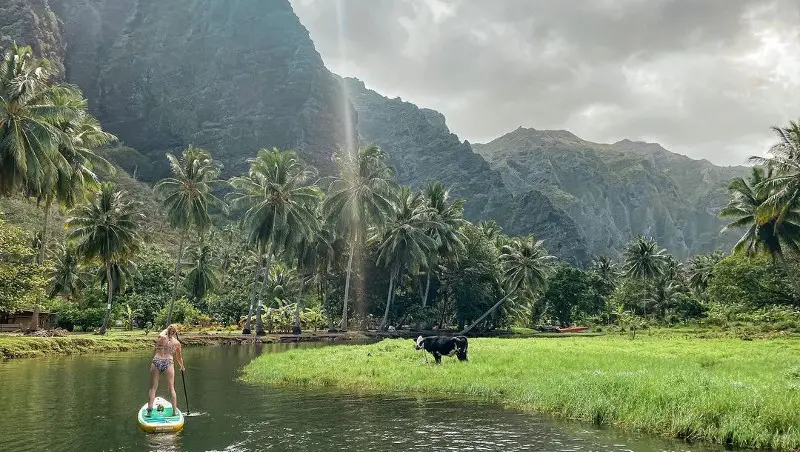
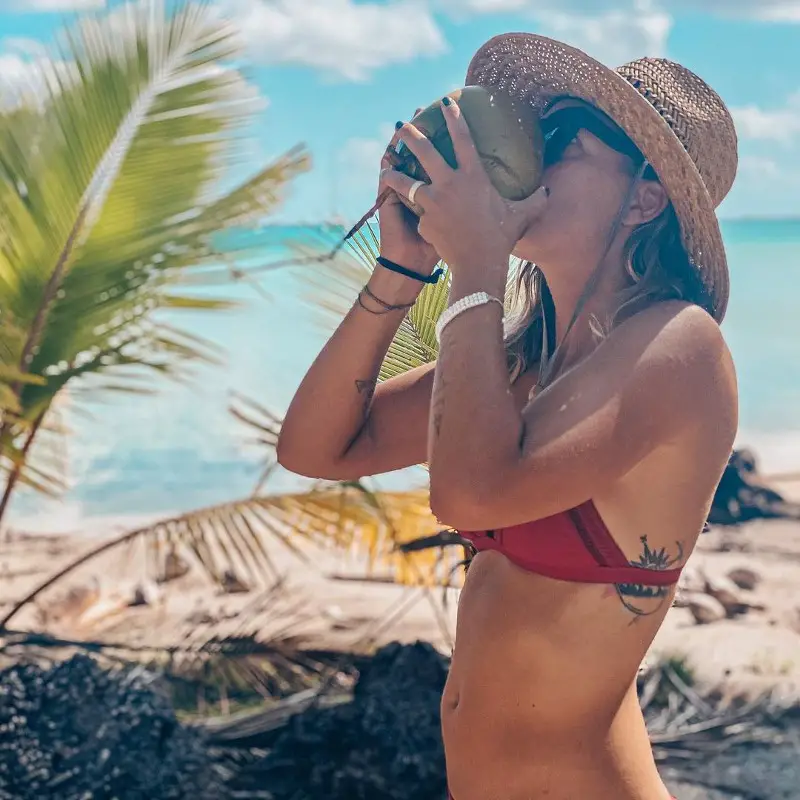
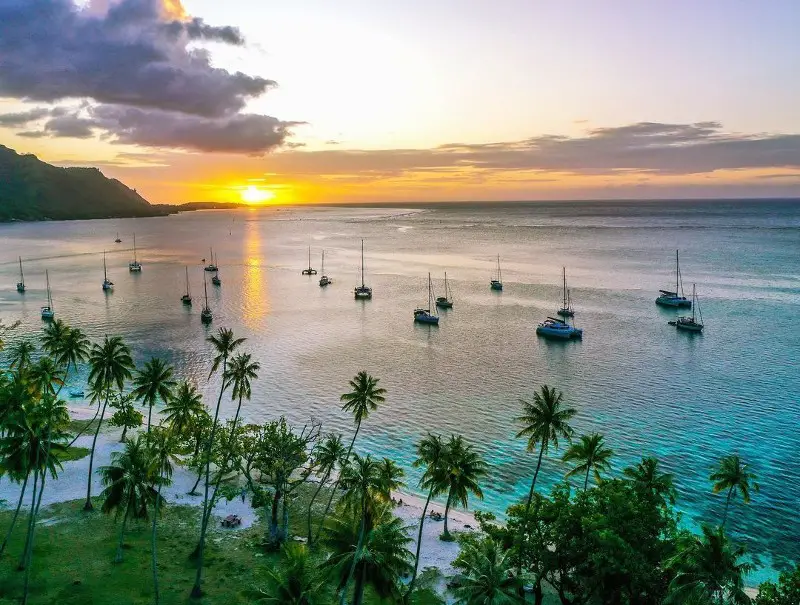
Why French Polynesia is One of the Best Sailing Spots in the World
Similarly to sailing in the Caribbean, sailing in French Polynesia is among the best in the world for many reasons, one of which is the consistent trade winds. Any Med sailor can attest to that. Despite the surrounding beauty there, the one thing they do not have and all wish for is good winds.
Having the freedom and ability to sail from one anchorage or one island to another, any time you choose, is priceless. Another thing that sets sailing in the French Polynesia area apart from other cruising grounds is the variety of landscapes on offer. Some archipelagos have tall mountainous islands, lush with forests and tropical gardens. There you can hop off the boat and go hiking – taking in all the beautiful vistas from different elevations.
Some island chains are low lying reefs more or less that from the naked eye at the sea’s horizon seem as if it’s an illusion or mirage of an island, until you arrive and then you find yourself isolated inside an atoll. Tall palm trees line the narrow land that you can walk on from one side to the other (you can go from the interior of the lagoon to the open ocean in less than 100 steps).
Here you find yourself submerged most of your days, snorkeling or diving in the most beautiful corals and sea life in the world. Other archipelagos offer both above and below water elevation explorations, as well as either complete isolation or local communities. Culturally speaking, the Polynesians display their traditions on all the islands. They are eager to share their culture, open their doors and welcome you with a meal.
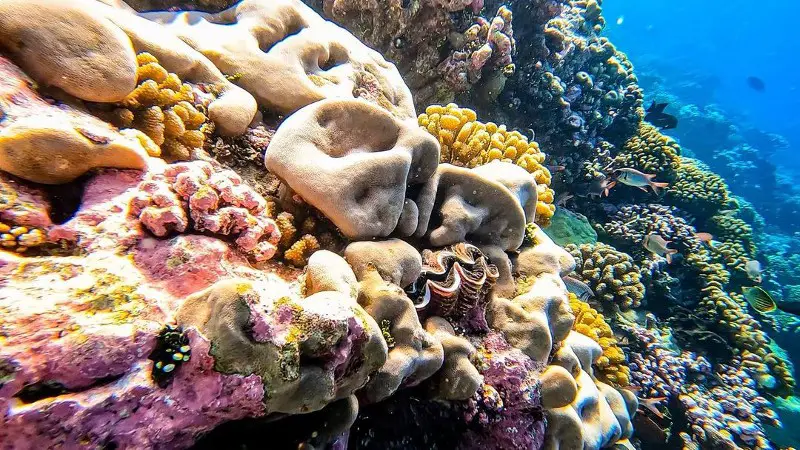
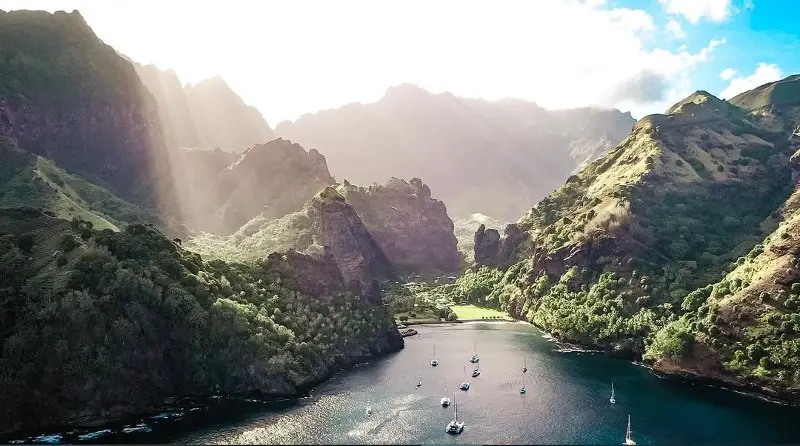
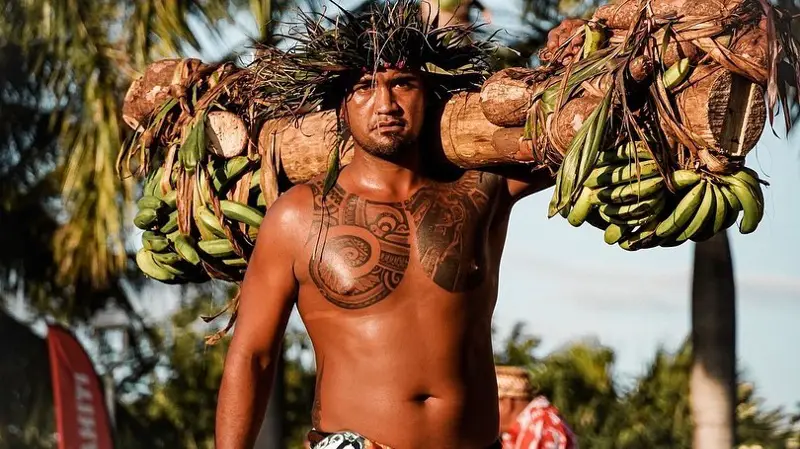
Our Favorite Island Chain: The Tuamotus
Although we have loved everywhere we have gone sailing thus far in French Polynesia, we found the Tuamotus to be a very special place and could say this was the most isolated of all the South Pacific islands. Its landscape is almost invisible to the eye as you sail towards it and once inside the lagoon of the atoll you are surrounded by calm and clear waters.
The Tuamotus are a small oasis in the ocean. You can easily find an area where other boats aren’t in in sight, far from village life (if the island is even inhabited), no phone or WiFi signal, with just the boat anchored in turquoise waters, and white sand beaches and tall palm trees all around. You can be far from it all but have everything a dream is made of.
When we visited, it was easy to forget that just on the other side of the lagoon was the vast and often unforgiving Pacific. These coral ringed islands covered in palms had the whole ocean crashing on the outside, yet the interior of the lagoon was calm. Being here was like a dream and made us feel as if we were the only people that existed. Swimming in the corals and through the lagoon passes was one of the best experiences ever.
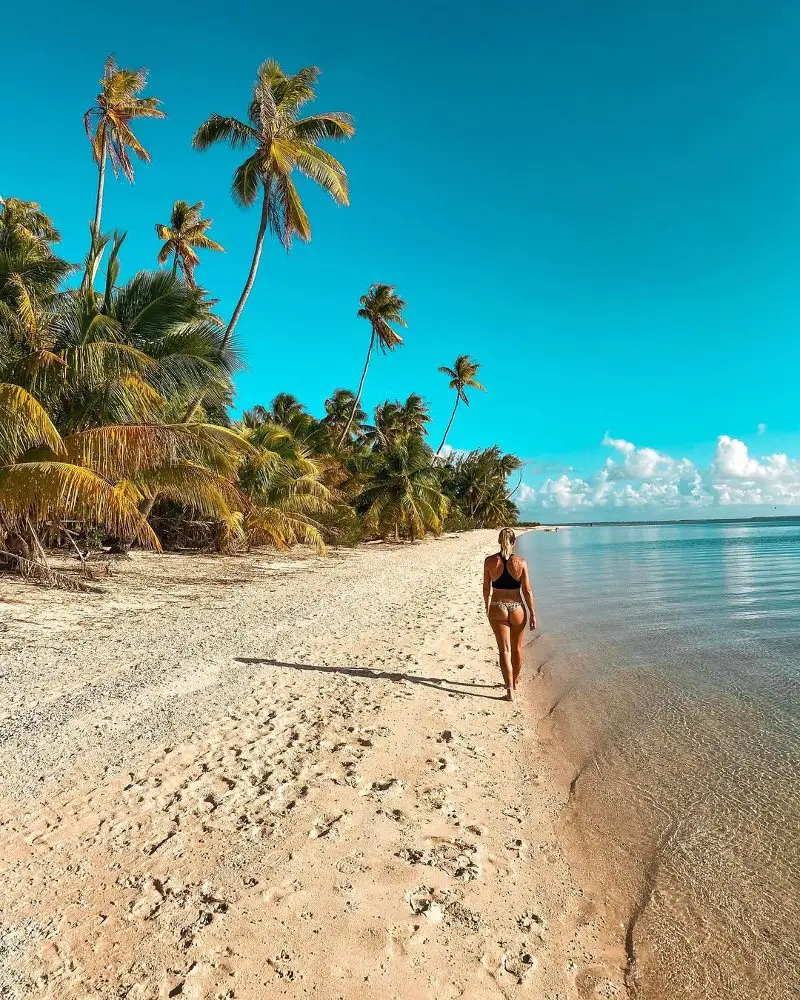
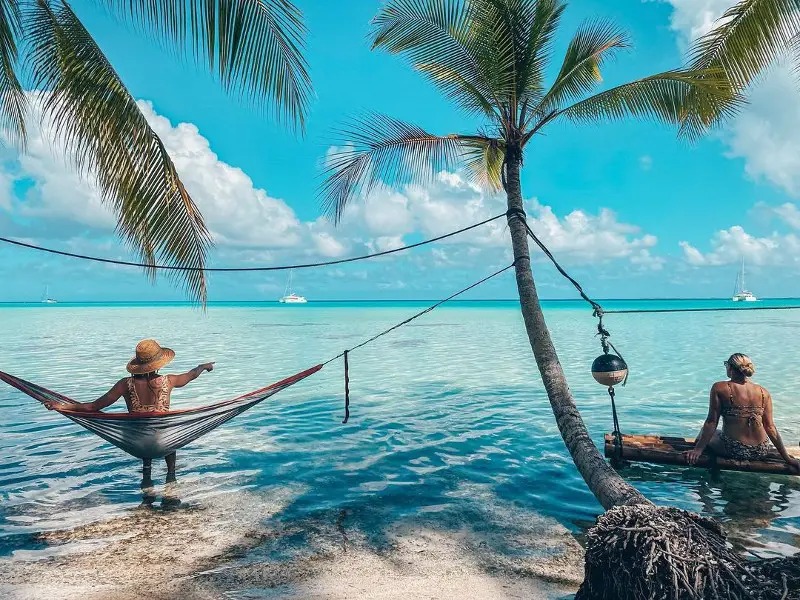
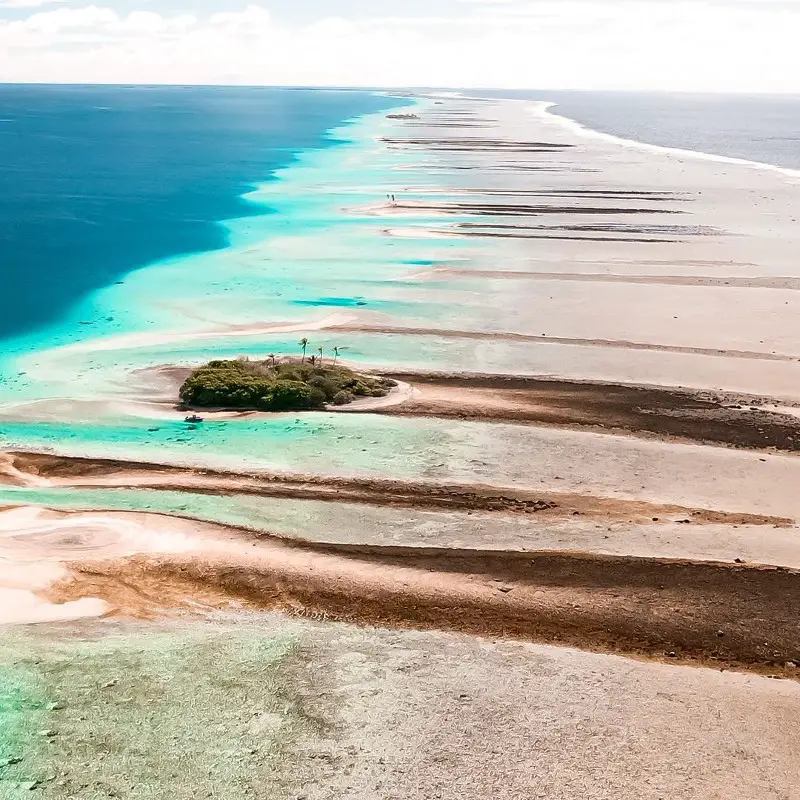
Discovering Three Sets of Islands in French Polynesia
For those who may not know, French Polynesia is made of several unique and different sets of islands. It’s this diversity in the landscape and seascape that makes sailing here so rewarding – there is just so much to do and see. Most often, when visiting by sailboat, one would naturally be visiting from the Americas by way of a mostly downwind sail across the Pacific Ocean, landing them at the Marquesas Islands which are first to be reached.
This is the preferred route by most. It’s also the route we chose, leaving from Mexico with 24 days at sea. This is a spectacular group to make the first landfall at, as they are composed of lush hills surrounding towering peaks which seem to pierce the sky when they first come into view.
We loved the Marquesas for the inland adventures that they offered – like hiking, discovering waterfalls, and just taking in the unparalleled vistas of the surrounding peaks and valleys that make up this special place. Following the same consistent trade winds further downwind, the next island group is the Tuamotus which differ greatly from the Marquesas as they are the furthest thing from mountainous as you could find.
The Tuamotus are remnants of old volcanoes that have collapsed in on themselves, leaving a ring of reef in place of a once towering inferno. They are stunning places to sail to, with unlimited adventure options. The ring of reef provides palm tree lined beaches and the inner lagoon and channels are rich in underwater life – giving a world renowned diving experience to those looking to go down, rather than up like the Marquesas.
As if it couldn’t get any better after the almost innumerable options created by these two vastly different island chains, the next set to sail to is arguably the crown jewel of the entire French Polynesia. The Society Islands, also a mostly downwind sail from the Tuamotus, seem to be the best of both worlds in that they could best be described as a perfect combination of the Tuamotu and Marquesas islands (landscape and seascape wise).
They are mountainous islands like the Marquesas but with beautiful coral reefs surrounding them, as the Tuamotus have with their beautiful lagoons. There are five total sets of islands that make up all of French Polynesia, and these are the three groups that we have visited so far. Of course, we are excited to explore the last two: the Austral and Gambier islands.
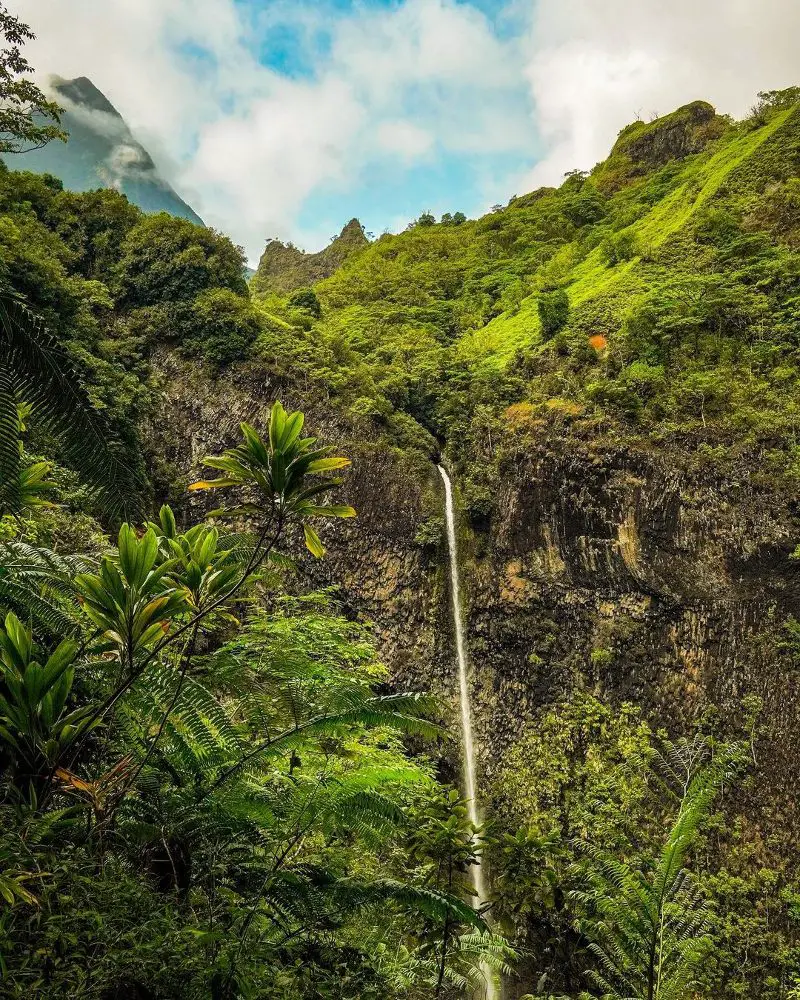
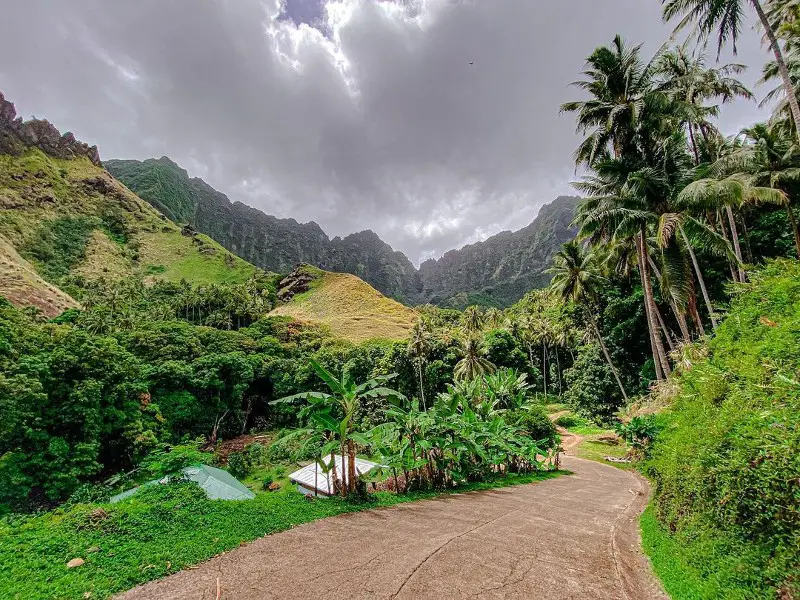
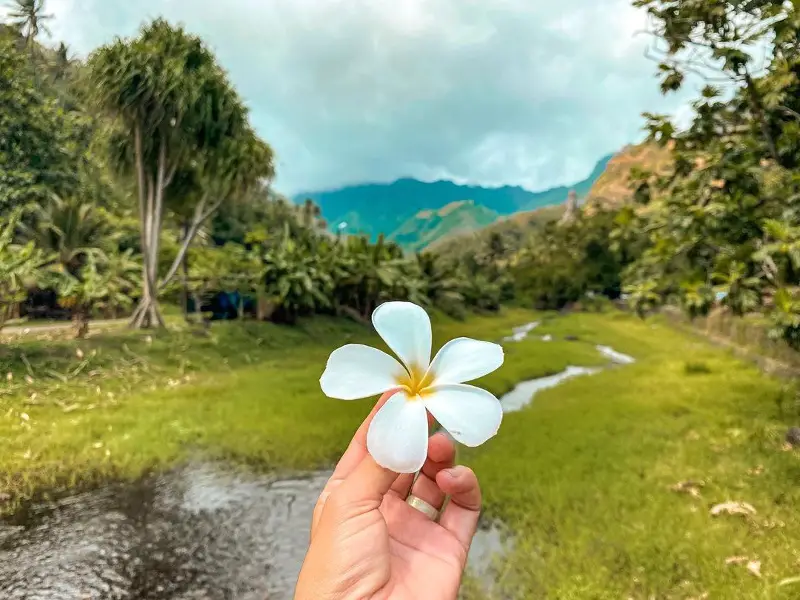
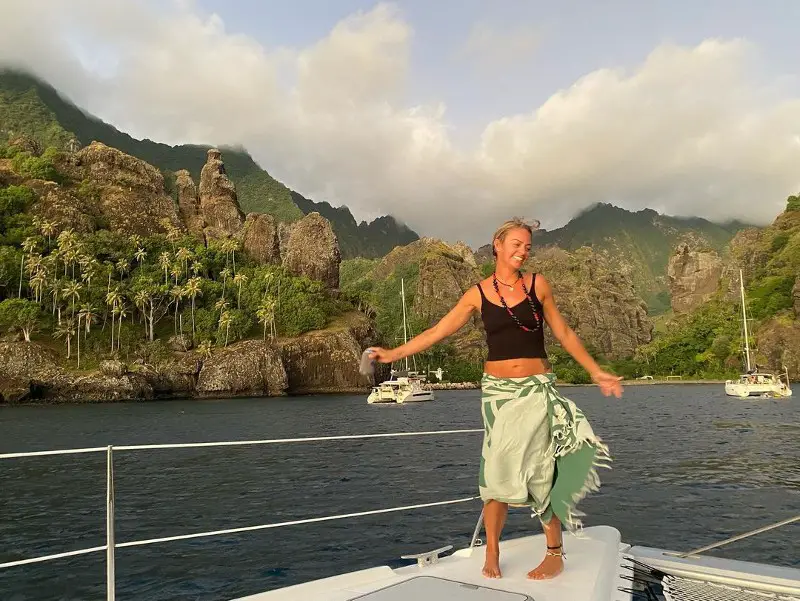
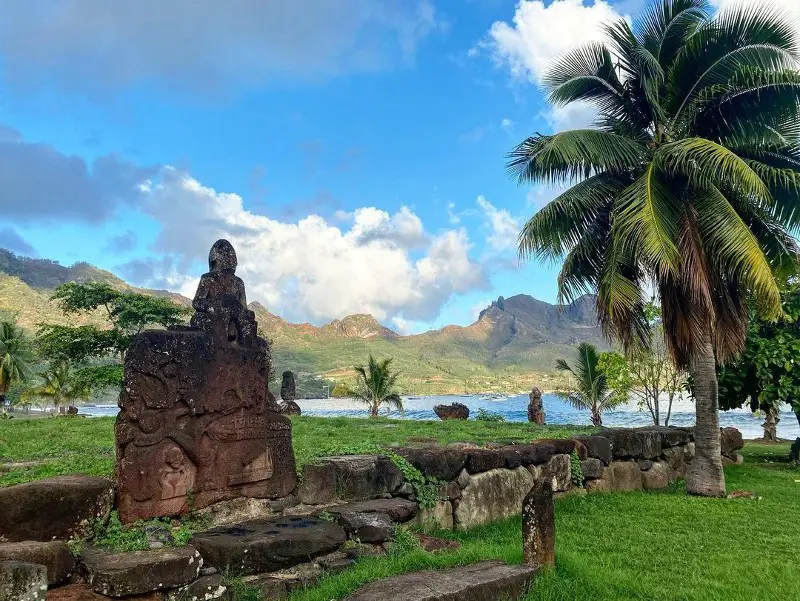
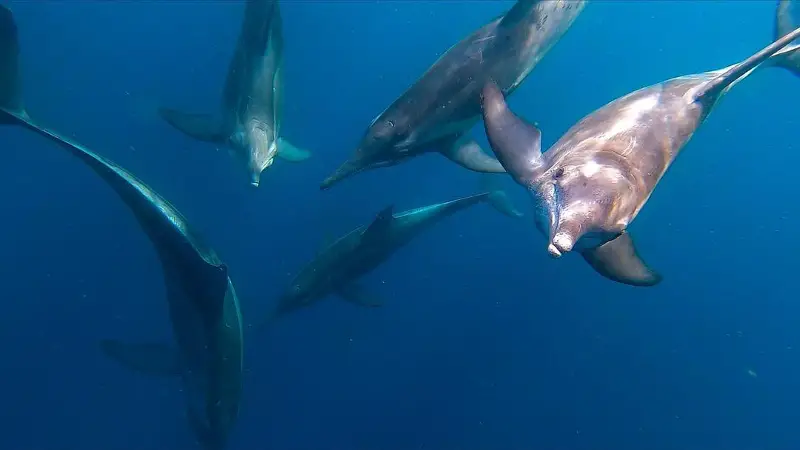
Biggest Challenges of Sailing in French Polynesia
Part of what makes French Polynesia so amazing also makes it a somewhat unique place to sail around, with its own set of challenges. As mentioned before, the whole area is widely diverse from one set of islands to another, making everything from weather prediction to anchoring a bit more difficult in that a sailor here needs a wider set of skills than in other areas.
For instance, the first islands we came to were the Marquesas chain – with steep, deep anchorages, often requiring hundreds of feet of chain to anchor properly. Once set, we found ourselves in protected areas with hills or cliffs around us, isolating us from trade winds or squally conditions.
Conversely, the very next set of islands we found ourselves visiting were the extremely low lying Tuamotus, where the islands are more like beautiful lagoons with a ring of reef circling them. Most anchorages here are quite shallow, requiring hardly any anchor chain in comparison to the Marquesas, and the highest topography around us was only a set of neighboring palm trees that offered no protection from trade winds or squally conditions.
Another notable new challenge which we had to learn about also came from our visit to the Tuamotus. They have passes or channels in the ringed reef which are the only access points in or out of the protection and beauty of the inner lagoon. Not only are these passes often very narrow and/or shallow, but worse they are highly affected by the daily tide changes.
Wise sailors learn to pay close attention to local tides and time their entry or exit through these passes at (or near) slack tide – attempting passage during the only time that the pass isn’t a raging river! So while we didn’t need a special boat per se, we did prepare with plenty of research, downloaded all available charts and celestial guides, and made sure we had sufficient anchoring chains for the different possible conditions.
Alongside those challenges in the Tuamotus, we found ourselves having to be cautious while traversing inside the beautiful lagoon. The lagoons are commonly dotted with coral heads or bommies, or as the locals call them potatoes. These coral heads often start at the sea floor around 100 feet deep and tower up just below the water’s surface – essentially creating an everyday obstacle course and many dangerous obstructions for mariners.
We found that having OpenCPN (a satellite image based chart program) was the most indispensable tool aboard. It’s widely advised to navigate through these areas during times with great visibility, with high sun and little cloud cover. But of course not everyday had perfect conditions – so having OpenCPN helped alleviate that added stress and gave us an accurate look at our surroundings, often much better than our charts.
In addition to these bombies in the lagoon, anchoring here requires more attention. A new technique that we learned was floating our chain. Sailors who come here should get familiar with this technique because it not only prevents damage to the living corals but also your own chain, and it can prevent larger issues with quickly changing weather conditions.
Often, you can find yourself in a beautiful anchorage but scattered with bombies, making it difficult to lay your chain. The only other special item needed was visas. Tourists have two choices when planning their sailing in French Polynesia: the standard and easy to get one is the three month visitor visa, and the more difficult to get one is the long stay visa.
The long stay visa requires a lot more work in advance to get it approved. Erica, luckily, is half French on her fathers side, so she is welcome to stay as long as she pleases. However Warren, choosing the long stay visa of course, had to do a fair amount of paperwork to file for and take a quick trip to the French consulate in Los Angeles (California) for his visa. Do yourself a favor and start this at least three months prior to your planned departure.
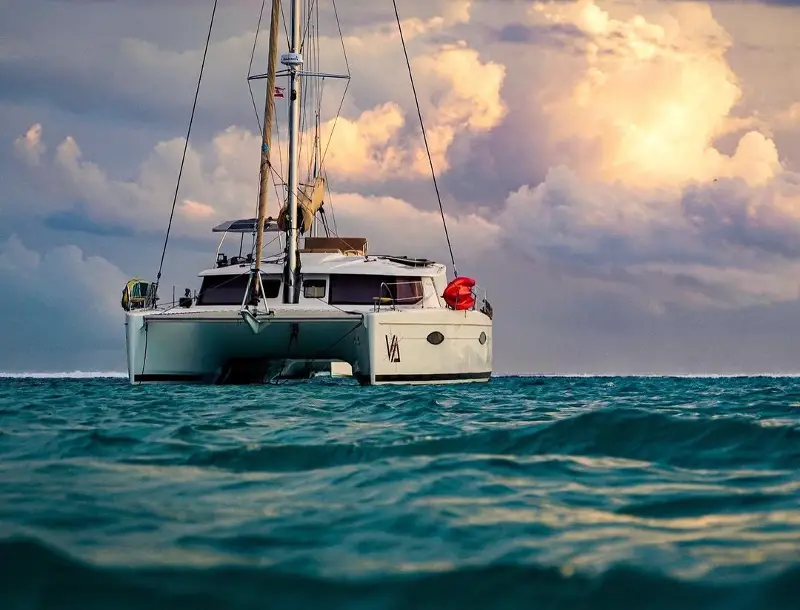
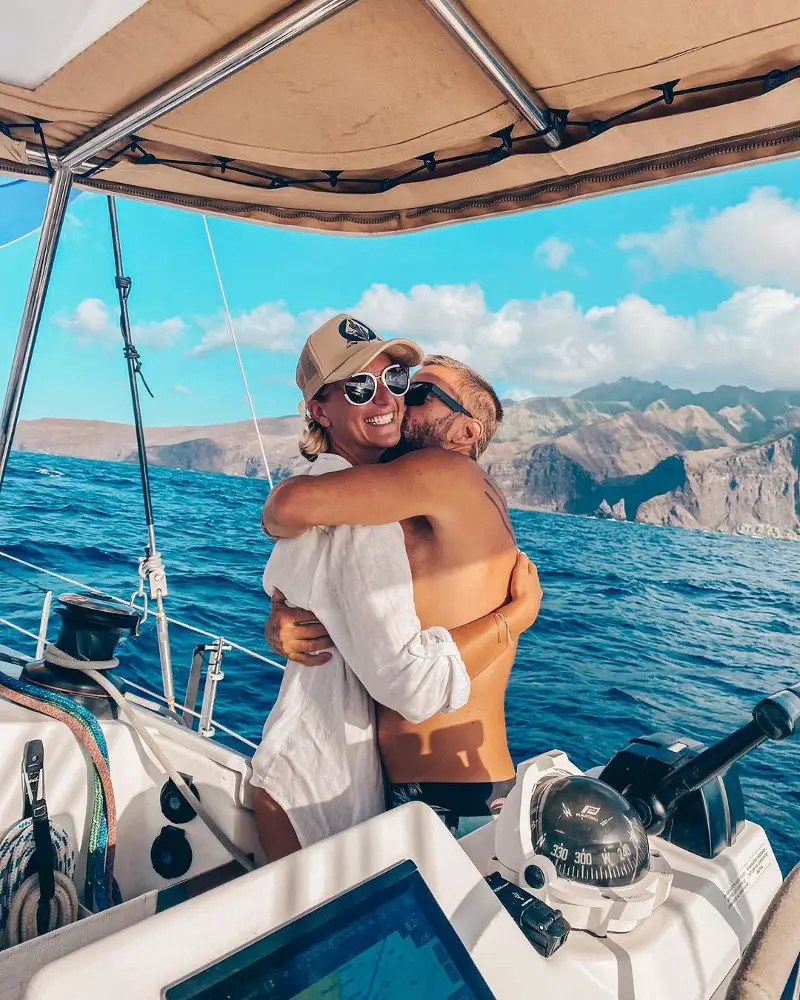
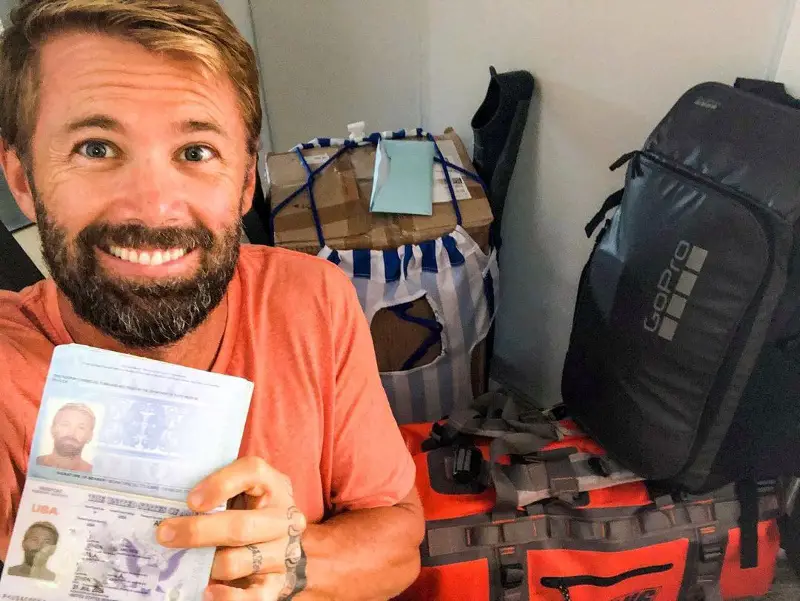
Tips for your Sailing Adventure in French Polynesia
Over an almost five year sailing journey stretching from the Caribbean to now being in the South Pacific, the French Polynesia sailing area has been our most enjoyable. The people are among the friendliest we have ever met, the climate the most comfortable, and the pure simple living is not to be missed. However, as mentioned, there are some things that sailors should know prior to coming. Here are our top tips for all future sailors:
- Learn OpenCPN and Get Satellite Charts: This is especially needed for the Tuamotus. Make sure your device has a good GPS receiver. Our laptop needed a separate GPS receiver and it was difficult to figure out how to get it to communicate with the program. But in the end, we would say that it has been a game changer. We consider it a safety item that is just as important as a radio, AIS or liferaft. If you only take away one thing from this list, let it be this. The satellite images from the charts helped us navigate accurately through the lagoons where coral bommies were scattered.
- Ensure you Have a Robust Anchor: You need to have enough chain to do at least a 5:1 scope in a minimum of 60-80 feet (20-25m) of depth.
- Familiarize Yourself with Celestial Charts: It’s crucial to understand the tide patterns that surround the Tuamotus. Opposite of common sense: they are not all the same at the same time and getting the timing right for entering passes can be frustratingly difficult. The timing of the entry and exit of the passes is critical. Many boats have ended up on the shore from not paying enough attention when navigating around the reefs.
- Get your Vessel Well Tuned and Stocked: Try to do this as much as possible. Provisions and spares are as expensive as they are hard to find.
- Take Plenty of Spares: Including spare ropes or lines, fingernail polish, sunglasses, eyeglasses, kids games, etc. You can use these to trade or as gifts. We took plenty of other items that were recommended for trading like coloring books, crayons, reading glasses, shirts and garments. The items that got the most attention for us were lines and fingernail polish.
- Get the Iridium GO! Satellite Receiver with ProtectWind: Many islands in French Polynesia don’t have WiFi or a cell tower for signal, so it’s vital to be able to download weather GRIB files in these remote destinations.
- Plan your Long Stay Visa Paperwork Well in Advance: If you want to stay longer than three months, plan your long stay visa paperwork well in advance. They say you should do this at least three months before your planned sailing departure. The long stay visa is a lot of work but in the end it’s worth having that extra time to really enjoy this beautiful place.
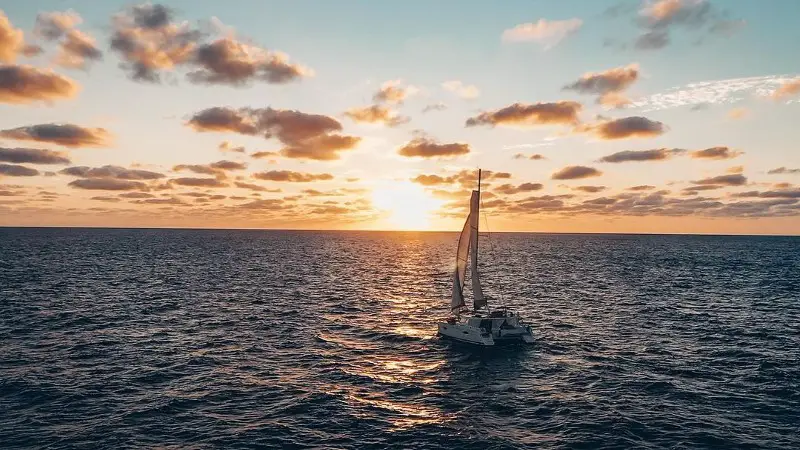
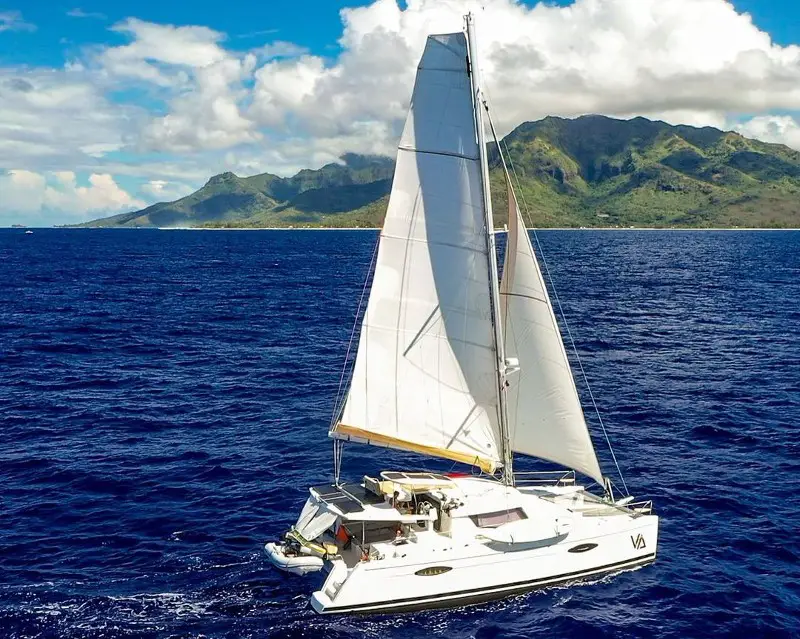
The Moment Forever Etched into our Minds
Isolating one memory from the plethora we have been gifted over the last months of sailing in French Polynesia is nearly impossible. We met locals that left our hearts overflowing with warmth from their giving spirit, we were part of scuba dives where we were surrounded by thousands of fish grouped together so tight we struggled to see above or below, and we hiked to waterfalls so tall and beautiful they could rival any in the world.
If we had to choose, the most epic memory would be our initial arrival. It was an accomplishment that we had built up in our hearts since the beginning of our sailing adventures and one that we worked hard to achieve. Seeing the islands as they appeared in the distance was magical. It was the start of a new chapter. Just the visual we had arriving to some of the most remote islands in the world is forever etched into our minds.
